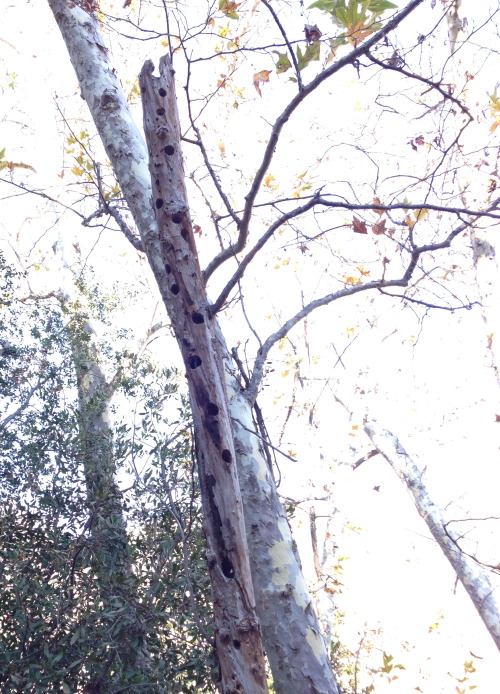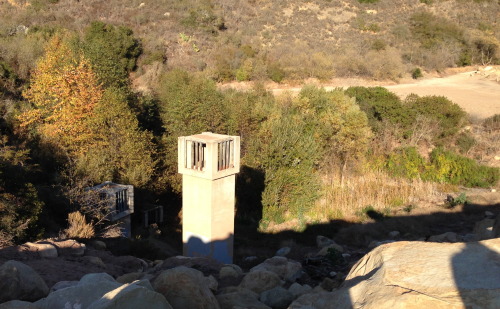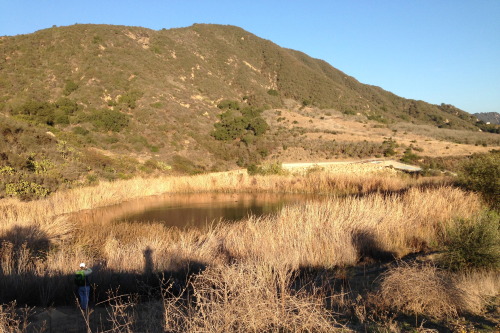Jameson Lake, Carpinteria Christmas Bird Count, 2018-01-05So, if…
Friday, February 23rd, 2018Jameson Lake, Carpinteria Christmas Bird Count, 2018-01-05
So, if you’ve followed me for a while you know I get really into the bird thing late in the year when the Christmas Count comes around. This past year I got super into it, helping Rob (the founder of our local Christmas Count) organize things, which mostly meant letting him do the hard work of contacting everyone and lining up participants while I did the fun part: scouting (i.e., birdwatching).
We were in the home stretch when a slight hiccup occurred: The Thomas Fire. It burned through the majority of our count circle, forced evacuations of large parts of the Carpinteria Valley, and kept those who stayed behind indoors due to the horrible air quality. We basically had no choice but to postpone the count to Friday, January 5, the last day of the count window.
By the time the rescheduled count rolled around the fire was contained and people were getting their lives back together. The firefighters had done a great job, keeping the fire mostly out of the human-inhabited coastal strip. But inland it had burned unchecked.
We normally work hard to get a team to Jameson Lake, a freshwater reservoir in the northern part of our circle. It’s hard to reach even in the best of times, but it’s worth it; there are birds there we just can’t get on the coast. But this year it was completely inaccessible; no one was being allowed in except firefighters and Forest Service personnel.
Then we got a break: Alan, the dam caretaker at Jameson Lake for the Montecito Water District, is a birder. He’d arranged for us to go in back in November, before the fire, for a scouting visit. Now he’d started going back in for damage assessment, and he scheduled ones of his visits for count day. Even better, he pulled some strings and got permission for a carload of us to go in with him.
So it was that I, along with two other volunteers (Deborah and Taylor, aka @quickthreebeers) got to spend count day out of cellphone range, exploring a burned-out landscape that was eerily silent: no other people, and very few birds.
For the most part it wasn’t great birding. But it was a fascinating look at the aftermath of the fire. And in terms of the citizen-science mission of the Christmas Count, it was a wonderful opportunity to gather data on which birds were there (ducks, woodpeckers, and SO many Dark-eyed Juncoes) and which were gone. I’m really looking forward to going back over the next few years to see the area come back to life.
As I mentioned, we were out of cellphone range all day, so it was only after making the three-hour trip back at the end of the day that I was able to touch base with Rob, and get the good news about the overall count: It went great. We got 155 species, just 3 short of our all-time record.
This is some video I shot of our trip to the lake.
Reposted from http://lies.tumblr.com/post/171217768486.





